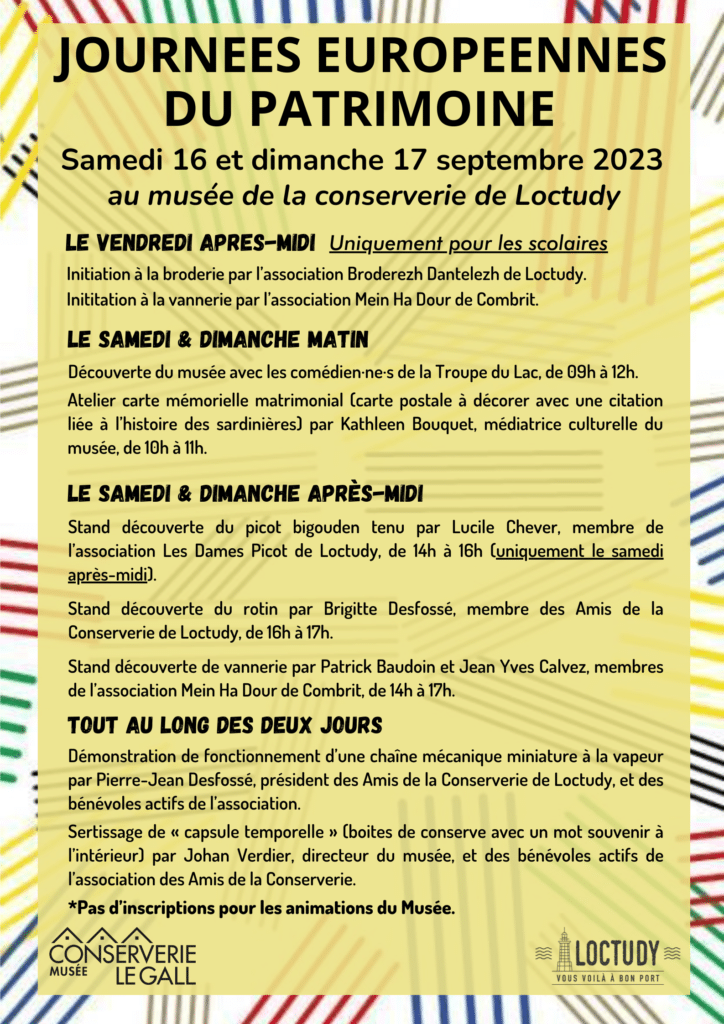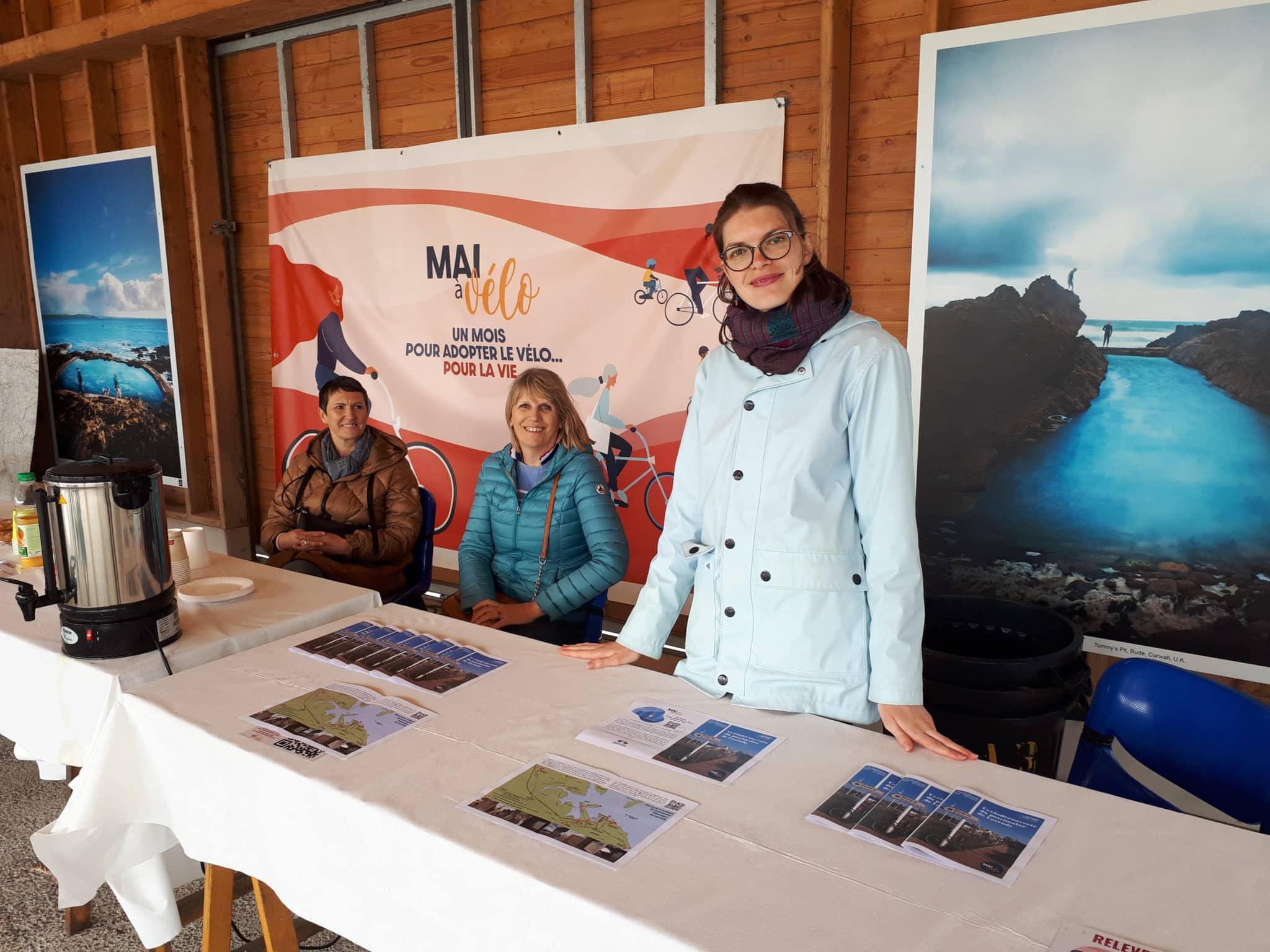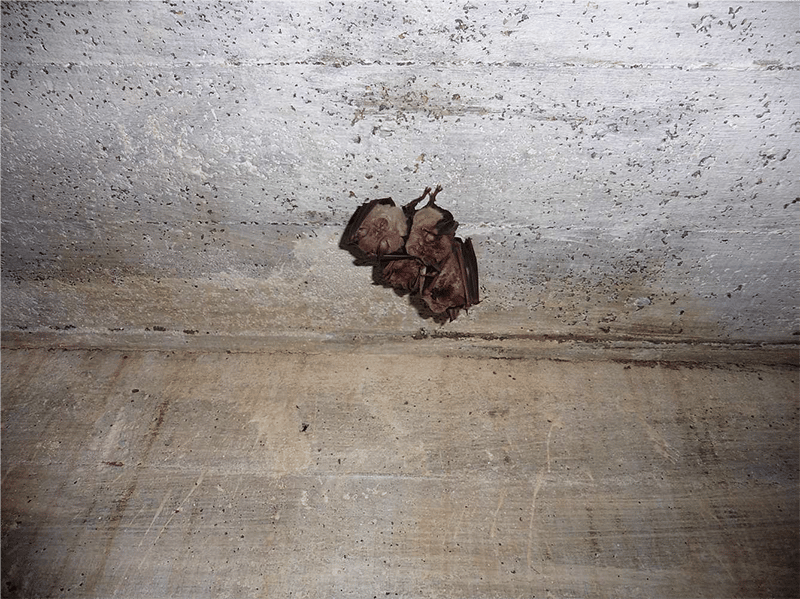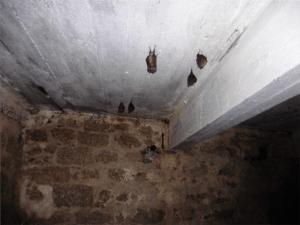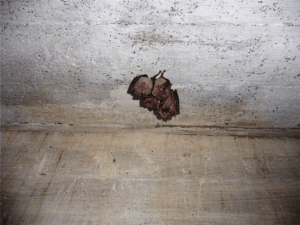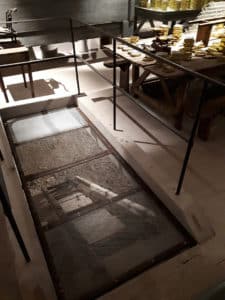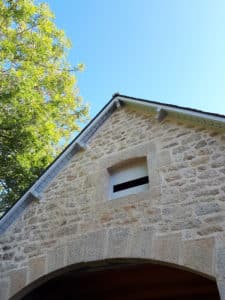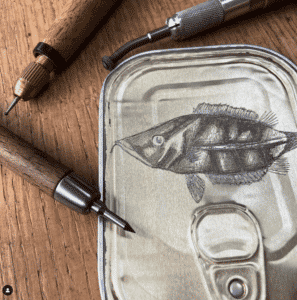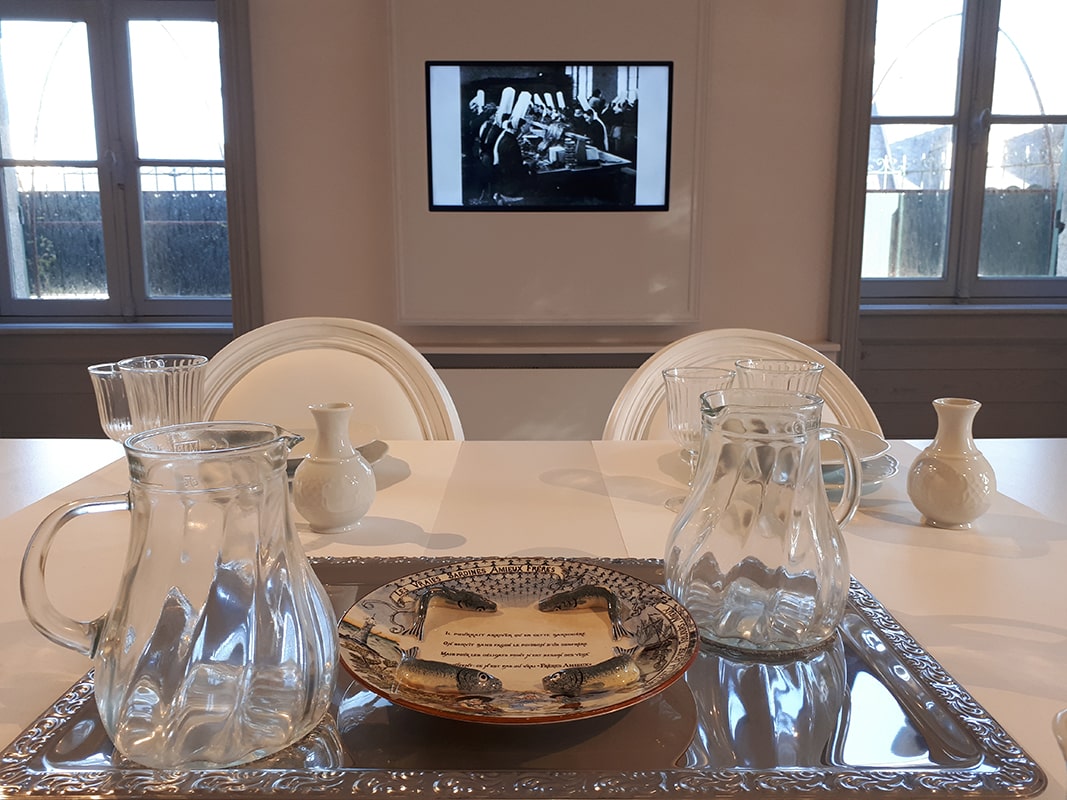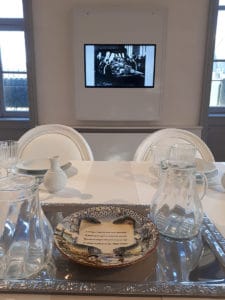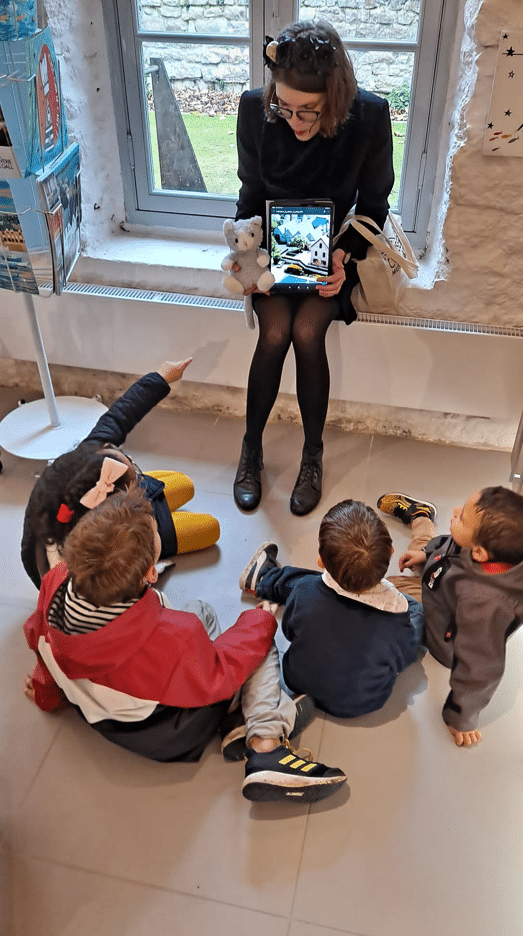
📖 ~ STORYTELLING TOURS ~📖
🐈 ~ Pola the little cat ~ 🐈
During the forthcoming school holidays, we are offering families 👪 with young children 👶👦👧 the chance to discover the museum 🏛🏭 on a storytelling 📖 & sensory tour accompanied by the museum's cultural mediator.
During this visit, children are invited to put themselves in the shoes of Pola, the museum's little cat 🐈🏛 to experiment with several senses: touch 🫵 sight 👁️ hearing 👂 and even smell.
➡ Storytelling tour 📖 Pola Le Petit Chat 🐈
🗓 Wednesday 25 October and Friday 3 November 2023
🕰From 11:00 🕚 to 12:00 🕛
⏳ 1 hour
3€/child, free for the accompanying parent
⚠ Bookings must be made by telephone 📞 on 02 98 98 83 99 or by e-mail 💻 to musee.alexislegall@loctudy.fr
